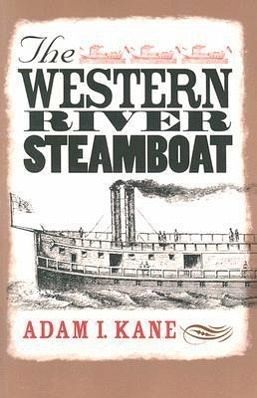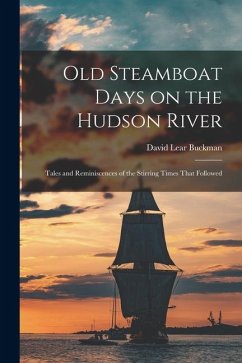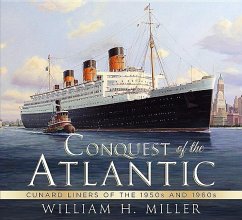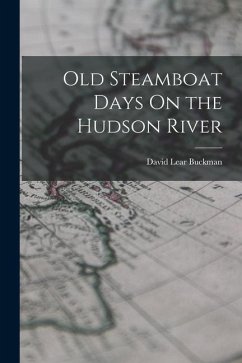
The Western River Steamboat
Versandkostenfrei!
Versandfertig in über 4 Wochen
15,99 €
inkl. MwSt.

PAYBACK Punkte
8 °P sammeln!
The first Western steamboat was built in 1811 in Pittsburgh, and thousands more were constructed in the years before the Civil War, defining the nineteenth-century trans-Appalachian West. Decades of incremental changes created a distinctive watercraft, and the steamboat became perfectly suited to the conditions of the Western rivers, transforming the West from a wilderness into a place of economic significance. In "The Western River Steamboat, nautical archaeologist Adam I. Kane traces the development of this once commonplace vessel. Kane describes the importance and impact of the steamboat in...
The first Western steamboat was built in 1811 in Pittsburgh, and thousands more were constructed in the years before the Civil War, defining the nineteenth-century trans-Appalachian West. Decades of incremental changes created a distinctive watercraft, and the steamboat became perfectly suited to the conditions of the Western rivers, transforming the West from a wilderness into a place of economic significance. In "The Western River Steamboat, nautical archaeologist Adam I. Kane traces the development of this once commonplace vessel. Kane describes the importance and impact of the steamboat in American history and complements his historical analysis with clear, concise technical explanations of the construction and evolution of Western river steamboats. Using photographs, drawings, and charts to help readers visualize the early steamboats and the study of their remains by archaeologists, Kane explains how the rivers dictated the design of the hull, why stern wheels replaced side wheels, how hogging chains kept hulls from buckling, and why safety valves were of little from buckling, and why safety valves were of little use when engineers regularly overloaded them. Anyone intrigued by the Vessel that changed America's West, in addition to those studying historical or nautical archaeology, maritime history, or cultural resource management, will find this book of interest.












